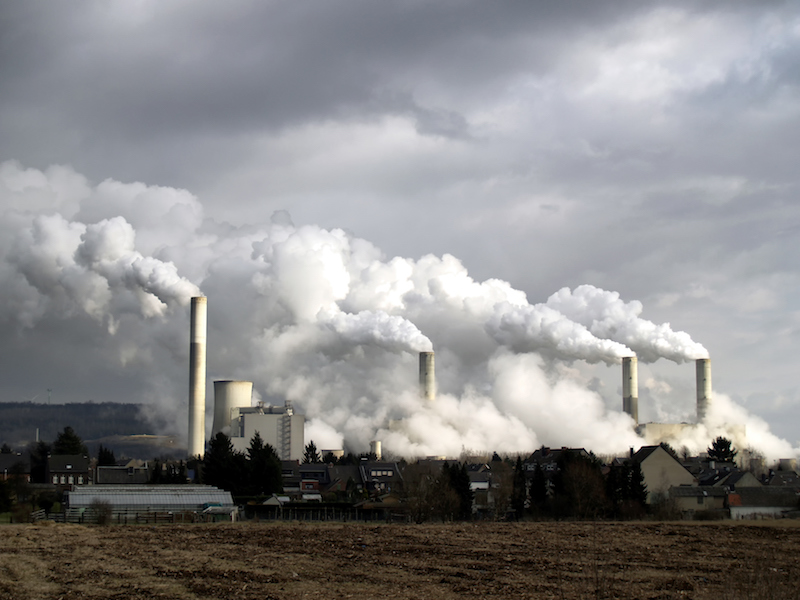
The Trump Administration’s purported economic justification weakens the credibility of cost-benefit analysis.
Last week, U.S. Environmental Protection Agency (EPA) Administrator Scott Pruitt announced a proposed rulemaking, which, if finalized, would repeal the Clean Power Plan–the regulatory centerpiece of President Obama’s domestic climate change policy. As required by executive order and by statute, EPA originally issued the Clean Power Plan in 2015 only after preparing a regulatory impact analysis which included estimates of the social costs and benefits of the plan. The agency’s analysis estimated that the Clean Power Plan would deliver net social benefits in the tens of billions of dollars.
The Trump Administration, in announcing its proposed repeal of the Clean Power Plan, also produced a required regulatory impact analysis. If the analyses were identical, one would expect that the net benefits of repealing the Clean Power Plan would be the negative inverse of the net benefits of enacting it. But that is not the case. The Trump Administration’s analysis issued last week argues that repealing the Clean Power Plan could deliver positive net benefits—that is, that the Clean Power Plan itself may have net social costs.
Why the difference? The answer is complicated. But as Richard Newell, President of Resources for the Future, has noted, two changes in assumptions generally drive much of the difference in the results. First, the Obama Administration had included global benefits from curbing climate change in its calculation, whereas the Trump Administration counted only benefits directly linked to the United States. Second, the Trump Administration included a 7 percent discount rate for future benefits, a rate higher than any rate used by the Obama Administration. Using this assumption has the effect of reducing the monetary estimate of benefits that occur in the future, benefits that are discounted to compare them with costs that occur in the present.
In measuring the costs and benefits of a regulatory policy, the underlying assumptions are critically important. The two analyses of the Clean Power Plan illustrate this clearly. By changing a few background assumptions, not only do the estimates of impacts change, but also the very sign of these impacts can change—going from positive to negative, or vice versa.
For decades, progressives critical of cost-benefit analysis have highlighted the sensitivity of the results of analysis to the underlying assumptions. These critics have argued that the techniques underlying cost-benefit analysis are fundamentally biased against government intervention in the economy because of assumptions about the value of human life, assumptions about valuing future versus present effects, and assumptions about the value of certain benefits of regulation—such as dignity or natural beauty—that are difficult to quantify.
In the early 2000s, however, some progressive supporters of regulation began to argue that, when properly conducted, cost-benefit analysis would often support government regulation. Then, under the Obama Administration, cost-benefit analysis was in fact regularly used to demonstrate that the social benefits of regulation outweighed its costs. One of the most prominent and important examples was the Clean Power Plan.
If the assumptions underlying the Obama Administration’s analysis of the Clean Power Plan are incorrect, then, by all means, they should be corrected. But this does not appear to be the case. As Newell notes, there is widespread support within the economic community for the assumptions on discounting and on global benefits made by the Obama Administration. Without the support of much of the economics profession, the Trump Administration is setting back the cause of cost-benefit analysis.
The Trump Administration’s changes to the assumptions in the Obama Administration’s analysis have two clear negative impacts for the debate over the use of cost-benefit analysis. First, the reversal provides a powerful example that supports the views of those who argue that cost-benefit analysis is too arbitrary to use as a means of assisting in crucial policy decisions.
Second, the Trump Administration’s reversal erodes the public’s faith in any numbers that come from the government. That faith has already taken a blow this year with the repeated Republican attacks on the Congressional Budget Office over its estimates of the effects of a repeal of the Affordable Care Act. The analysis underlying the repeal of the Clean Power Plan undermines public confidence in analysis in another, more profound, way. If analytical results can change so dramatically merely based on who is in the White House, why should the public or policymakers give any respect to analysis at all?
Such a loss of confidence would be unfortunate. Cost-benefit analysis can be used and has been used to improve public policy decisions. But ultimately, its ability to do so depends on the faith the public and policymakers have in the results of analysis.
Today, policy analysis, like many institutions, is suffering from severe attacks on its credibility, particularly over the past ten months. EPA’s latest analysis purporting to support the repeal of the Clean Power Plan may not seem to be another such attack, but it surely is—disturbingly so.




